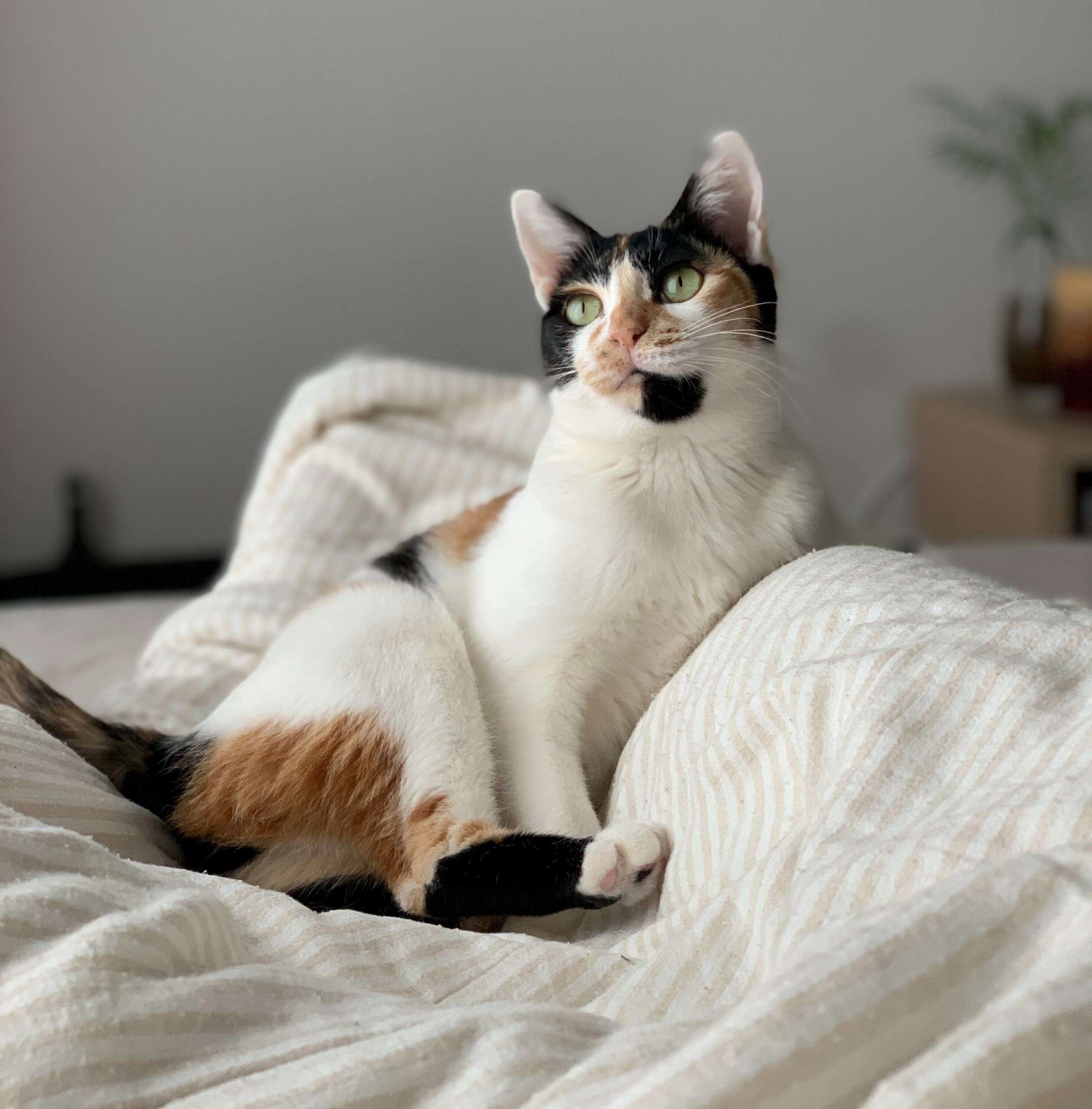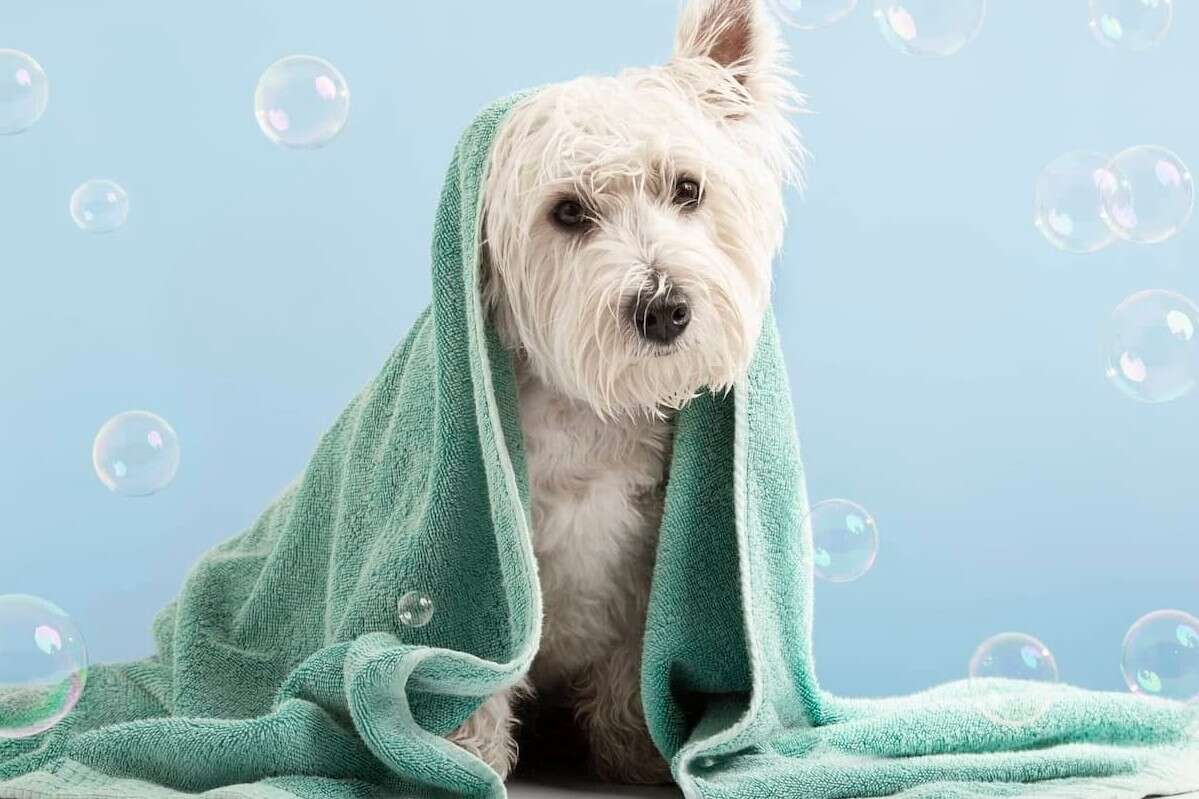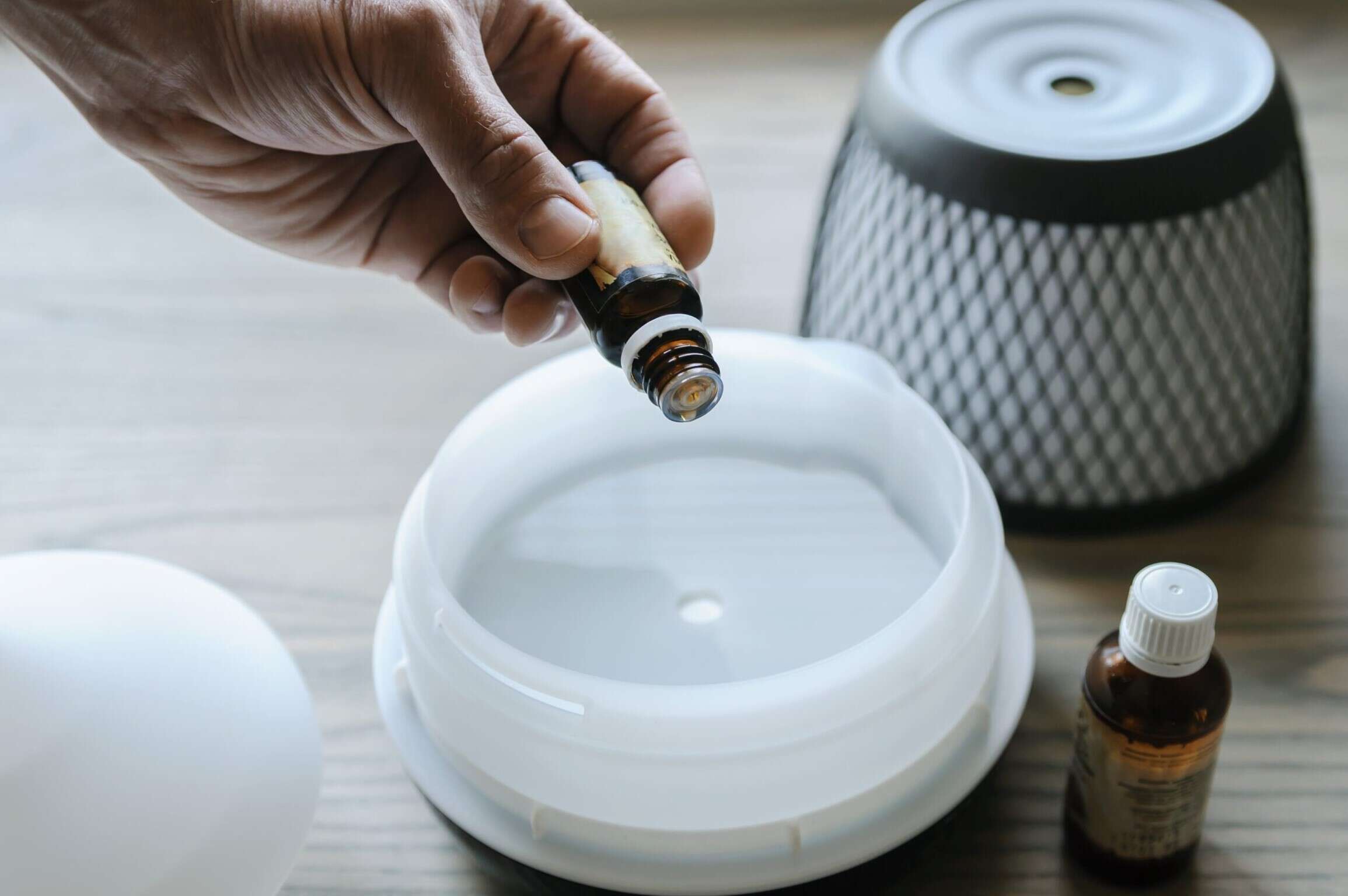



You want pets comfy, owners happy, and auditors calm. Fragrance can help you do all three—if you treat scent like a safety-first system, not just a pretty top note. Below is a practical, evidence-minded playbook that folds in industry standards, odor-control tech, and label hygiene—plus where I’Sc ent (I’Scent) fits when you need speed, scale, and custom work.
(Heads-up: I keep it plain, a bit chatty. There might be a tiny typo or two. Real life writing, not a lab report.)
Core idea: design around animal exposure first, then build the olfactive pyramid.
Actionable moves
Need cat-soft, fabric-friendly accords? Explore our fine fragrance oils for gentle, low-bloom options that still smell clean.

Why it matters: IFRA categories gate your maximum use levels for people handling the product; you still own the animal-safety assessment. Use both.
| IFRA Category | Typical Pet Product | Practical Note (planning) |
|---|---|---|
| 9 | Rinse-off (shampoos) | Favor soft citrus/green, low allergen profile; watch eye sting. |
| 10 | Wipe-off/hand contact products | Keep top note mild; test on wet coat + dryer heat. |
| 10B | Animal sprays / mists | Treat as leave-on for animals; run a separate pet exposure QRA and behavior check. |
Non-negotiables
We supply IFRA docs by default. See I’Sc ent as your perfume oil manufacturer when you need compliant, ready-to-scale oils.
Point: if your product only cleans, conditions, or deodorizes, it’s typically a grooming aid. The minute your label promises treatment (kill mites, cure itch, heal skin), you’re in drug territory. That changes your route to market.
How to stay clean
If you export to the EU, pay attention to intentionally added microplastics rules that may catch certain fragrance microcapsules. Safer route: ditch non-degradable capsules for soluble or bio-degradable carriers, or go non-encapsulated + fixative design.
Workarounds that actually work
The trick: remove stink, then add a whisper of fragrance. Two quietly brilliant tools:
Deodorizing stack (simple, scalable)
| Layer | Role | Why it helps fragrance |
|---|---|---|
| ZnR or β-CD | Neutralize base odors | You don’t need to “shout” with top notes. |
| Low-load fine fragrance oil | Gentle signature | Clean, modern smell without heavy bloom. |
| Soft fixative (non-microplastic) | Keep tail gentle | Smooths the dry-down, less nose fatigue. |
We can prototype this stack fast. Ping I’Sc ent for a ZnR+β-CD brief; our custom designer & concentrated fragrance oils slot right in.
Most pet care happens indoors. So build a VOC budget like you build a cost sheet.

A dog’s nose reads the room more intensely than yours. So we design to bloom less, settle faster.
Tuning guide
Two real-world scenarios (no fake brands)
You don’t need a giant lab to do this right. You need a tidy framework and a supplier who moves fast.
Stage 1 — Brief to Bench (1–3 samples)
Stage 2 — Pilot Tests (simple, repeatable)
| Test | Method | Acceptance |
|---|---|---|
| Coat tolerance | Apply to small area, observe grooming/avoidance | No irritation, low avoidance score |
| Odor removal | Pre/post hedonic panel on wet coat & bedding | Net positive vs control |
| Bloom control | Sniff at 0, 5, 30 minutes | No “blast,” clean settle |
| Fabric shadow | Spray on common textiles | No staining, no tack |
| Dryer heat | Warm air exposure | No harsh note spike |
Stage 3 — Stability & Scale
Don’t over-engineer. Dont let perfect kill good. Ship a “clean baseline,” then layer variants.
When your timeline is tight or your brief is oddly specific, I’Sc ent steps in as a custom fragrance supplier with the boring-but-critical stuff baked in:
Explore our OEM/ODM fragrance oil manufacturer overview, check the fine fragrance library for soft, pet-aware accords, and drop a brief via our perfume oil manufacturer & supplier page. You can also browse more custom fragrance oil options on the homepage. If you need concentrated fragrance oils for compact fill sizes, that’s also covered via the same perfume oil manufacturer path.
Hunting a quick match against your current scent? Our fragrance replication service finds the closest hit from 40k+ formulas, then we fine-tune for pet scenes.
| Argument | Why It Matters | What To Do Now | Where Oils Fit |
|---|---|---|---|
| Start with safety | Pets experience scent differently | Lower loads, avoid harsh families, separate cat rules | Low-allergen fine fragrance oils |
| Use IFRA as guardrails | Keeps formula compliant for handlers | Lock category, file IFRA docs, run animal exposure checks | Certified oils with clear docs |
| Avoid drug claims | Faster route to market | Keep labels grooming-only, train marketing | Neutral, benefit-led copy |
| Skip non-degradable microcaps | EU market readiness | Choose soluble carriers, fixatives instead | Capsule-free concentrated oils |
| Deodorize first | Lets you reduce fragrance load | Add ZnR or β-CD, test hedonic uplift | Whisper-level accords |
| Manage indoor VOC | Happier homes, fewer returns | Water-based, venting tips, soft solvents | Clean, low-solvent systems |

| Metric | Scale | Target Trend |
|---|---|---|
| Owner hedonic score | 1–9 panel | +2 vs control without harsh peak |
| Pet avoidance behavior | 0–5 observation | Near 0 for leave-ons |
| Odor reduction (fabric) | Before/after sniff | Clear decrease at 30 min |
| Bloom spike | 0, 5, 30-min checks | No spike at 0–5 min |
| Residue/stain | Pass/Fail on cotton/poly | Pass across fabrics |
Log these in a simple sheet. Repeat per fragrance candidate. If a reciepe fails the bloom test, tweak the top note or drop load.
Health-conscious fragrance isn’t just nice. It reduces returns (irritation, too-strong smell), lifts retention (people re-buy what feels safe), and travels globally with fewer reformulations. Compliance lowers rework. Cleaner indoor VOC means fewer “my living room smells like a nightclub” tickets. And yes, it photographs better—sprays that don’t wet-mark the coat are social-media proof.
When you need that mix of speed + compliance + taste, use a supplier that has already done the boring work. That’s pretty much I’Sc ent’s whole deal: fast sampling, tight replication, clean docs, and a deep bench of perfumers who’ve built pet-aware accords for years.
Ready to brief? Start on our OEM/ODM fragrance oil & perfume raw materials manufacturer hub, peek the fine fragrance range, or send a replication request via the perfume oil manufacturer page. We’ll move quick.